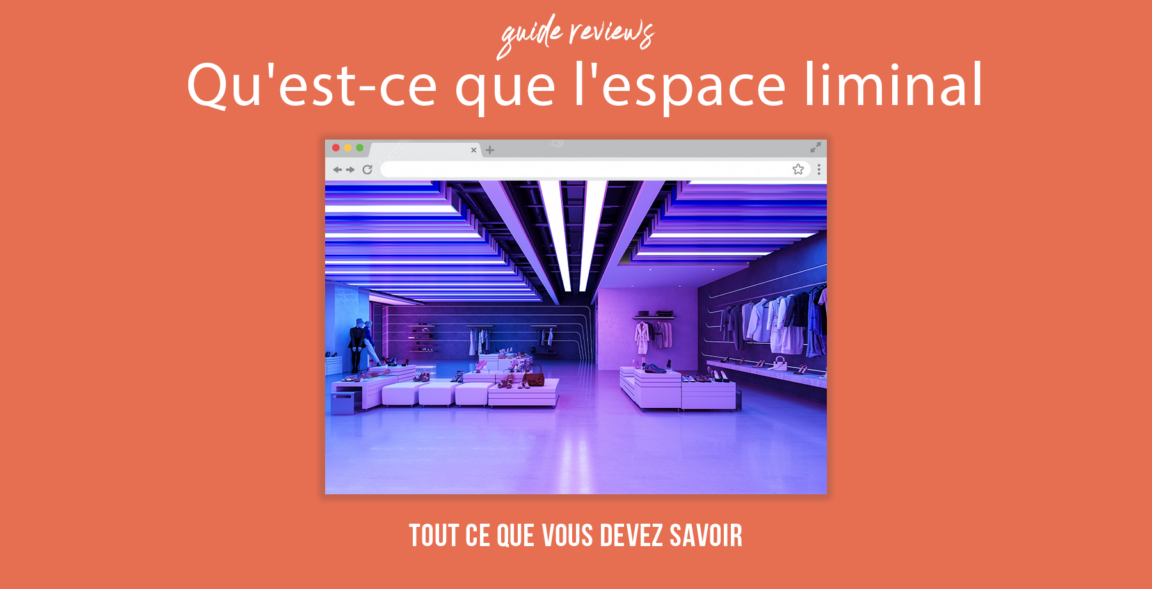Have you ever wondered what liminal space is? No, it's not a hip new coworking space or a secret place where unicorns hide. Liminal space is much more intriguing than that! These are those intermediate zones between two states, where the usual rules seem to dissolve and where uncertainty reigns supreme.
In this article, we'll explore the fascination with these mysterious spaces, their growing popularity online, and the emotions they evoke in us. We will also dive into the anthropological concept of liminality and discover how the COVID-19 pandemic has created a liminal effect in our lives. Prepare to be captivated by the weird and wonderful of liminal space!
Table of contents
The fascination with liminal space
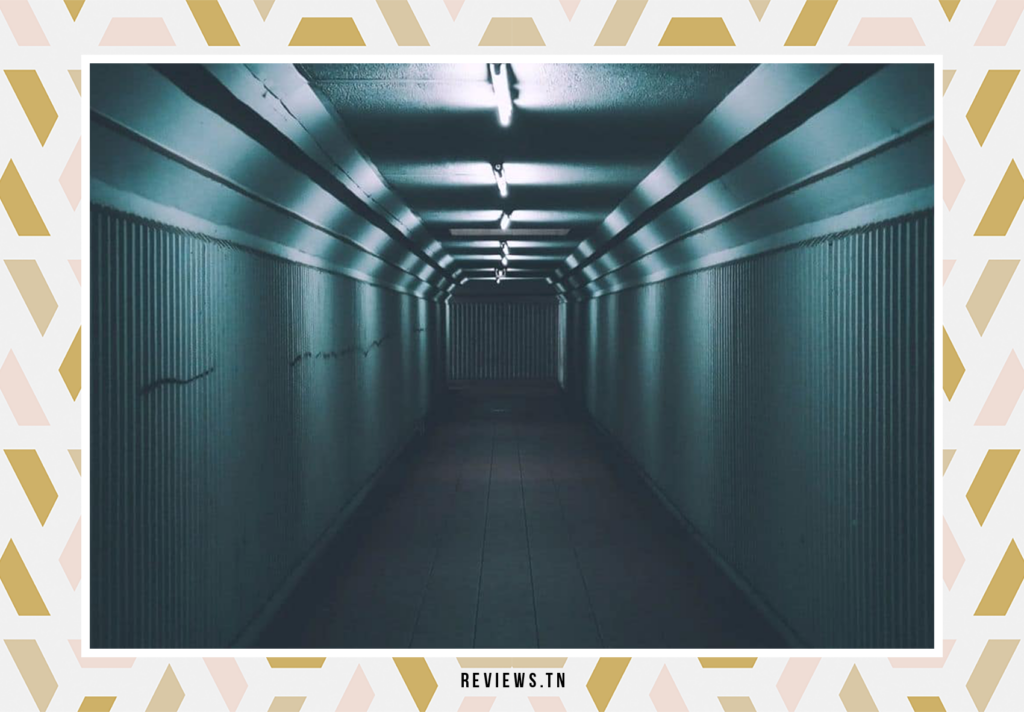
The term liminal space has found its place in the lexicon of Internet users, awakening both a strange fascination and a worrying unease. It refers to places of transition, often enclosed, designed mainly to allow passage from one place to another. These spaces are temporary areas where no one is supposed to linger. The web aesthetic that accompanies these spaces, known under the hashtag #LiminalSpace, has gained momentum in recent years, sparking reactions that are as varied as they are subjective.
| Hashtag | Popularity |
|---|---|
| #LiminalSpace | More than 16 million views in May 2021 on TikTok |
| Over 35 million views to date | |
| More than 400 followers on the dedicated Twitter account |
Imagine a silent stairwell, a deserted supermarket aisle, cold corridors lit by crackling neon lights… These spaces, although common, take on a whole new dimension when they are emptied of their usual hustle and bustle. They then become liminal spaces, strange and fascinating, which awaken inexplicable feelings in us.
On the Internet, these spaces arouse intrigue because they seem to touch on the mysteries of the unconscious, triggering varied and very personal emotions. Some feel a certain nostalgia, others an indefinable anguish, even a feeling of unreality.
It's clear that the web has embraced this aesthetic with enthusiasm, as evidenced by the growing popularity of the hashtag #LiminalSpace. But what makes these spaces so captivating and confusing at the same time? Why do these commonplaces, once emptied of their usual function, resonate so deeply within us? We will explore these questions in more detail in the following sections.
The growing popularity of liminal spaces on the web
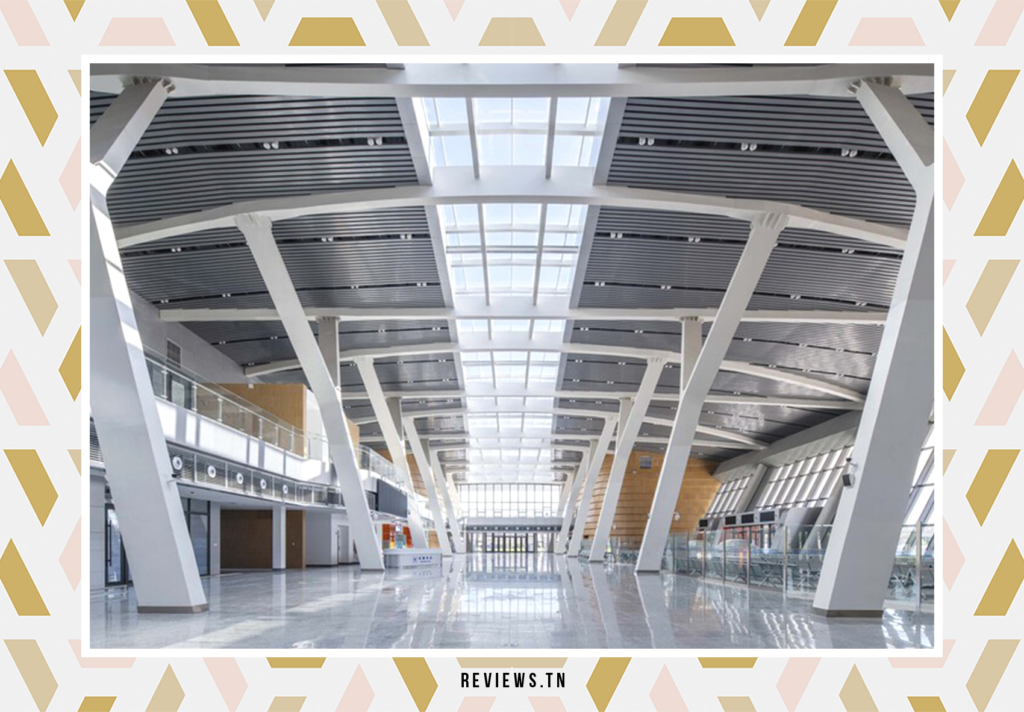
If you're a regular on social media, you've probably already encountered these strange images that seem to come from a dream or a hazy memory. Liminal spaces, these places of transition which seem suspended outside of time, have found a deep echo among Internet users and have quickly carved out a place of choice on the web.
A Twitter account, aptly named Liminal Spaces, saw the light of day in August 2020 and quickly aroused the enthusiasm of the curious. This platform, dedicated to the curation of these confusing images, has managed to attract nearly 180 subscribers in the space of just 000 months. A dazzling success which testifies to the growing interest in these spaces which are both familiar and disconcerting.
But the phenomenon is not limited to Twitter. Sure TikTok, an application popular with the younger generation, publications featuring the hashtag #liminalspace have accumulated more than 16 million views in May 2021. An impressive figure that continues to climb, proof of the persistent attraction for these enigmatic places.
And that's not all. Liminal spaces have also crept into the heart of other popular web aesthetics, such as #Dreamcore or #Weirdcore. These trends, which play on dreams, nostalgia and a feeling of unreality, find particular resonance in the ambiguity of liminal spaces. Their presence reinforces the dreamlike and disconcerting aspect of these movements, contributing to their success.
The popularity of liminal spaces on the web raises many questions. Why are these places, so common and yet so strange, so fascinating? What emotions do they provoke in those who contemplate them? And above all, why do they resonate so deeply within us? These are all questions that we will explore in the following sections.
Emotions aroused by liminal spaces
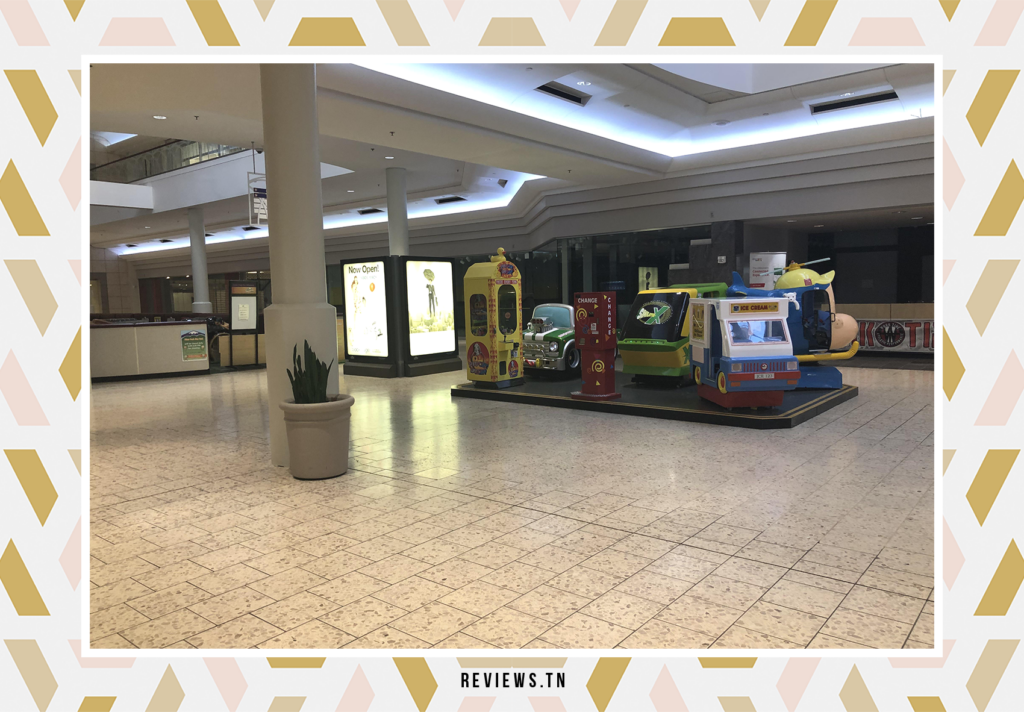
Liminal spaces, those places of transition often depicted as empty supermarkets or silent hallways, have a unique way of tugging at the heartstrings of human emotion. While browsing online, when you come across one of these images, a range of emotions are revealed, as varied as they are subjective, echoing deeply buried feelings.
Deja vu, that strange feeling of familiarity, is one of the first emotions that many Internet users evoke. As if these spaces had come out of a dream or a distant childhood memory, they seem both strangely familiar and disconcerting. It is the mystery of the unknown mixed with the familiarity of the everyday that creates this unique emotional experience.
Liminal spaces touch in a certain way on the mystery of the unconscious, triggering emotions as varied as they are subjective.
On the other hand, some visitors to these online liminal spaces feel a certain worry, or evenanguish. These empty places, frozen in time, are like empty shells, once filled with life and activity, but now silent and abandoned. This strangeness inherent to these spaces can give rise to a feeling of discomfort, fueled by the palpable absence of human presence.
It’s fascinating how these spaces, designed to be transitory, can evoke such depth of emotion. They are like blank canvases, offering everyone the freedom to project their own emotions, memories and interpretations onto them.
Liminality: a fascinating journey through an anthropological concept
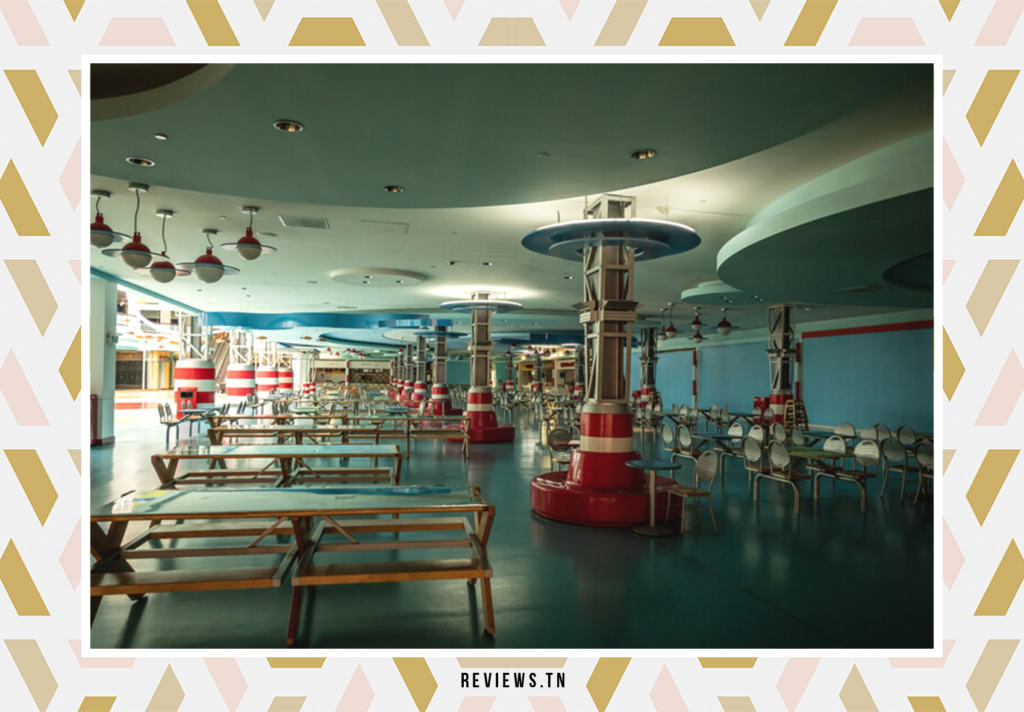
At the heart of our exploration of liminal spaces, we discover the very origin of the term: the liminality. This concept, born in the depths of anthropology, is an essential key to understanding why these spaces fascinate and confuse us so much. But what exactly is liminality?
Imagine yourself balancing on a tightrope, suspended between two towers. Behind you is the past, a familiar and known place. Before you is the unknown, the future full of promises but also uncertainties. It is in this in-between space, this moment of transition, where liminality resides.
We have all experienced these moments of transition, these passages from one stage of life to another which are often marked by a certain uncertainty and emotional distress. Whether moving, changing jobs, or more personal moments like marriage or birth, these transitions are periods of liminality.
Liminality is this feeling of being suspended between a past past and an uncertain future. It is this state of ambiguity, of confusion, where the usual points of reference are blurred. It is a period of waiting, a sort of metaphorical waiting room where we are left to our own devices, confronted with our own fears, our own hopes.
Liminal spaces are therefore the physical embodiment of this liminality, these moments of transition which mark our lives. These empty and abandoned places are like a visual representation of our own feelings of uncertainty and disorientation during these times of change.
Understanding liminality therefore means understanding a little better why these liminal spaces affect us so much. It is becoming aware of the part of the unknown that they represent, but also of the part of ourselves that we project there.
To read >> Decoration ideas: +45 Best Modern, Traditional and Simple Moroccan Living Rooms (Trends 2023)
The liminal effect of the COVID-19 pandemic: between uncertainty and adaptation
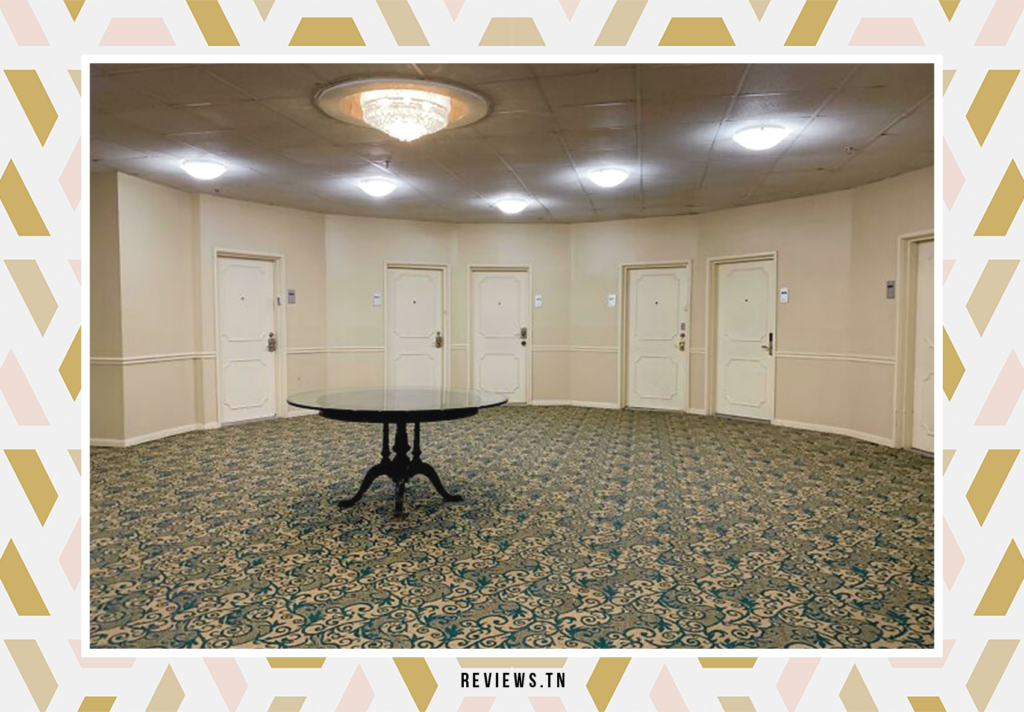
In a world where every day is marked by uncertainty, the COVID-19 pandemic has created a liminal effect unprecedented on a global scale. We find ourselves in a sort of purgatory, suspended between a pandemic that has changed our way of life for two years and a future that remains unclear and uncertain.
This feeling of uncertainty can cause real distress, weakening us physically and mentally. As mental health researcher Sarah Wayland points out in an article on The Conversation, we are currently in a “metaphorical waiting room, between one stage of life and another”. This is not a comfortable space for the human mind which naturally seeks stability and predictability.
“The paths we take in the face of life’s events. » – Sarah Wayland
The frozen and disturbing images of the pandemic, such as deserted streets or empty schools, perfectly symbolize these paths that we take in the face of life's events. These spaces, once full of life and activity, have become liminal spaces, places of transition where one can almost feel the weight of human absence.
Zoom meetings, Uber Eats orders, walks around the neighborhood, while becoming routine for many of us, cannot fully satisfy our need to accept and understand these moments of latency. They are attempts at adaptation, ways to fill the void left by social distancing and confinement, but they are no substitute for the warmth of a handshake or the energy of a bustling classroom.
Le concept of liminality helps us understand why this period affects us so much. It reminds us that the distress we feel is a natural reaction to the uncertainty and ambiguity of our current situation. And, much like liminal spaces online, this pandemic is a blank canvas onto which we project our fears, hopes, and uncertainties.
Conclusion
As such, our exploration of liminal spaces, whether rooted in the physical world or emerging in the digital arena, leads us through a range of emotions and reflections. These spaces, these interstices of our existence, confront us with our own vulnerability in the face of uncertainty, encourage us to seek meaning in the transitional moments of our lives.
In this time of the COVID-19 pandemic, these spaces of transition take on an even deeper meaning. They become mirrors of our collective reality, reflecting our journey through a period of unprecedented uncertainty and change. Empty streets and closed schools have become symbols of our liminal experience, a visual representation of our suspension between a past past and a future yet to be defined.
Online, the success of liminal spaces testifies to our fascination with the unknown, for those places which awaken in us feelings of déjà vu or strangeness, which remind us of dreams or childhood memories. With over 35 million views on TikTok for the hashtag #liminalspace, it is clear that many of us seek meaning in these spaces of transition, projecting our fears there, but also our hopes.
As we continue to navigate through the pandemic, these liminal spaces help us cope with our uncertainties, to understand our future. They remind us that, even in the most uncertain times, we have the capacity to find meaning, adapt and reinvent ourselves. Ultimately, they symbolize our collective journey towards a future still unknown, but filled with possibilities.
Liminal space is a place of transition between two places. It is often a closed space whose main function is to ensure this transition.
The aesthetic of discomfort, also called #LiminalSpace, has become popular in recent years. It is characterized by frozen and disturbing images which symbolize the paths we take in the face of life's events.
Besides the aesthetic of unease, liminal spaces are also present in other web aesthetics such as #Dreamcore or #Weirdcore.
Liminality is an anthropological concept that describes moments of transition between two stages of life. It is a time of uncertainty that can cause distress and weaken us physically and mentally.


